World Italia

Who would ever think, especially in recent times, that Italy could claim to be an innovative country in winemaking? In the old as in the new world of wine, the so called Belpaese is synonymous with extremely old-fashioned, bold and earthy red wines often related to stories about medieval noble houses or fascinating conquerors.
Since a couple of decades Italian winemaking has evolved to reach the great standards set by the French, and it is getting very common nowadays to see that such progress has evolved to also please the ever changing taste of the consumers. This can be seen as negative, but to explain the phenomenon we can simply associate winemaking to fashion, another stronghold in the Italian business: a massive production, supported by unique research in technologies, “raw materials”, marketing and so on…
Searching more deeply, though, we can discover a multitude of less known wines of good quality.
This is the case of many lesser known producers, who are now (fortunately) not “stepping back” to the old heritage, but are using research to make better wines, pleasant for the palate but still strictly products of the earth. Consequentially, alongside the infinite indigenous varietals present in Italy, their aim is to discover new horizons and take up new challenges.
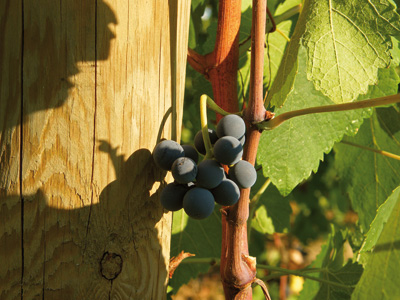 Petit Verdot
Petit Verdot
One of them is
Lorenzo Zonin, a young winemaker with a surname that in the world of wine means above all two things: tradition and excellence.
Lorenzo comes from the northeast region of Italy, where his family from generations onwards has become a reference in the production of historical wines such as
Amarones and
Proseccos. After many experiences in the key wine districts around the country, surrounded by the very finest experts in the field, his willing to accept new challenges led him to the southwest of Tuscany (Maremma, land famous for the
Morellino and some of the most interesting Super Tuscans) where he now runs his own project:
Podere San Cristoforo. And here is where he grows Petit Verdot, from which he makes his top wine, named after the
Podere (Domaine). The rest of his production consists of only another grape: Sangiovese.
Petit Verdot is a late ripening grape, used mainly in blends because of its characteristics: tannic structure, hard harvesting (and planting) and a huge suffering for humidity and cold.
It is very uncommon to see it as a stand-alone, because of these key factors. But Lorenzo, as many other Italian producers, believes that if taken seriously and with care, the “young greenish” can express a huge potential also on its own. What it needs is warm and sunny locations, and a dry terrain as gravel, typical of Maremma.
The Petit Verdot spreading is nowadays coming from the certainly most innovative regions, because of their far-seeing winemakers: Tuscany, Latium and Sicily, which have also great and very adaptable terroirs.
The “fashion trend” researched by these innovative producers now launching Petit Verdot made on its own is to let discover new tastes and products, especially for the restaurants’ wine lists worldwide, in the aim of new combinations and matching with ever changing cuisine styles.
The following tasting is intended to put in evidence these unknown gems (even in Italy) in order to show a new and different aim in winemaking, as wished by many producers, but also from the always demanding consumers themselves.
Yoel Abarbanel
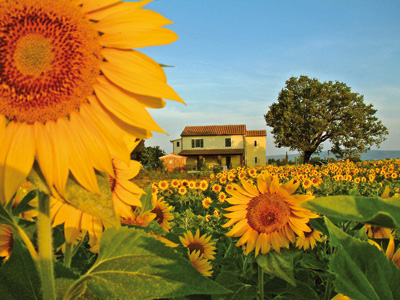 Podere San Cristoforo
Podere San Cristoforo 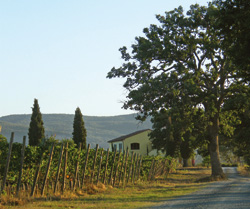
Associazione della Sommellerie Professionale Italiana
Pdt : Giuseppe Vaccarini Via Simone d’Orsenigo 1 20135 Milano Italy Tél. :
+39 02 8738 3831 www.aspi.sminfo@aspi.sm
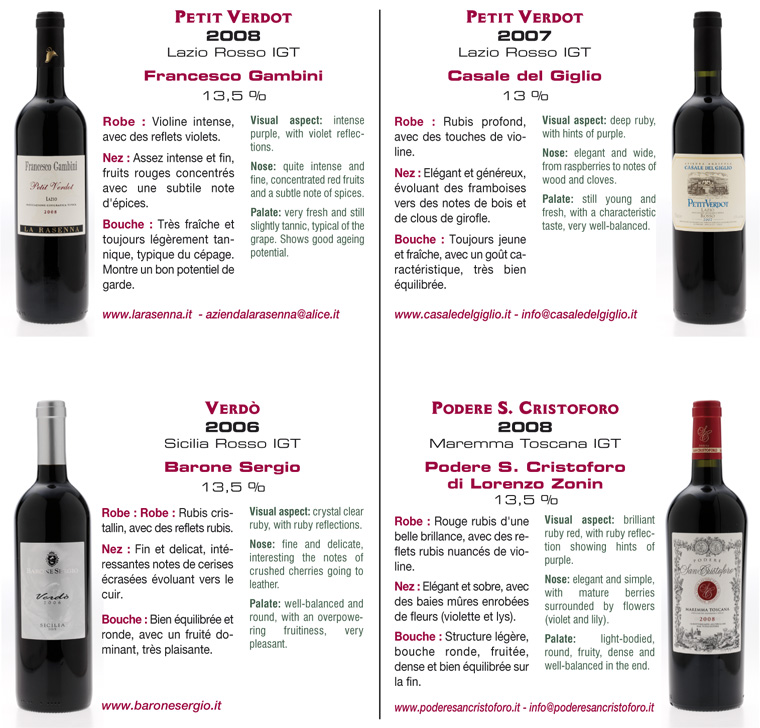
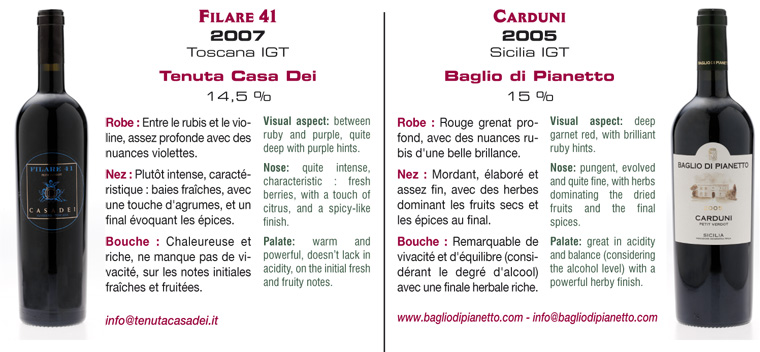
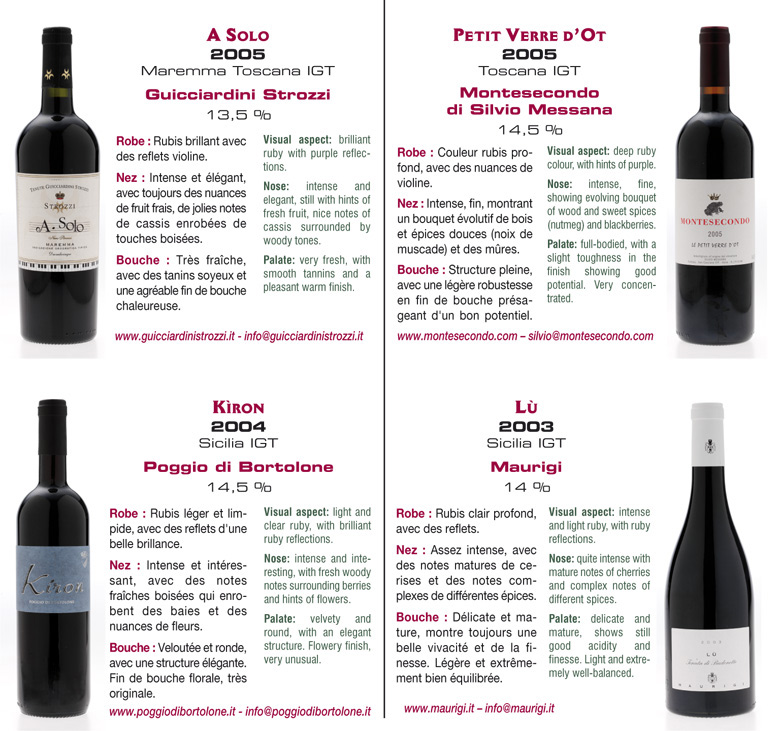
 Who would ever think, especially in recent times, that Italy could claim to be an innovative country in winemaking? In the old as in the new world of wine, the so called Belpaese is synonymous with extremely old-fashioned, bold and earthy red wines often related to stories about medieval noble houses or fascinating conquerors.
Who would ever think, especially in recent times, that Italy could claim to be an innovative country in winemaking? In the old as in the new world of wine, the so called Belpaese is synonymous with extremely old-fashioned, bold and earthy red wines often related to stories about medieval noble houses or fascinating conquerors.
 One of them is Lorenzo Zonin, a young winemaker with a surname that in the world of wine means above all two things: tradition and excellence.
One of them is Lorenzo Zonin, a young winemaker with a surname that in the world of wine means above all two things: tradition and excellence.



